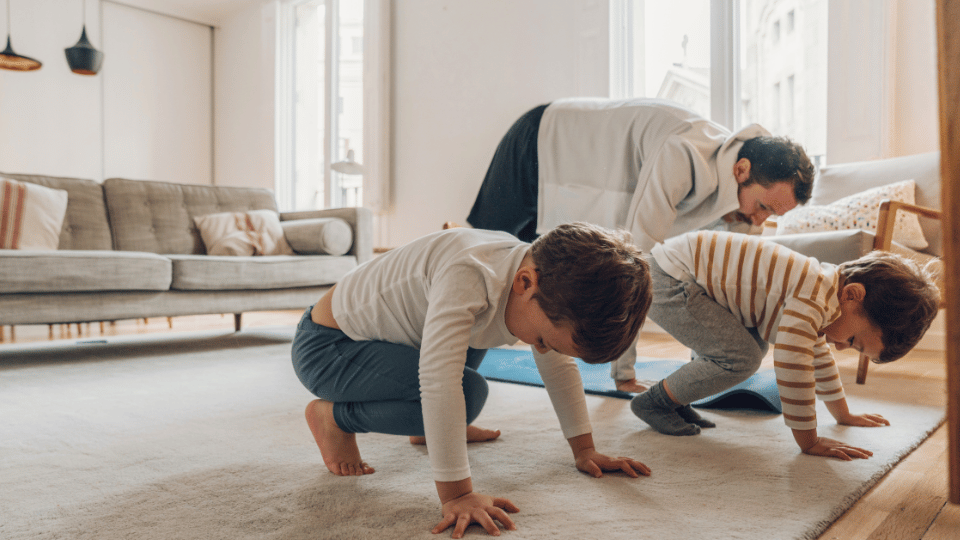Caring for children with special needs at home requires both heart and practical tools. Adaptive equipment can make a significant difference. It helps children achieve their potential while easing your caregiving journey. As a parent or guardian, you can create a nurturing and functional environment. Marple pediatric home health care understands these needs and supports families in selecting the right equipment. For instance, specialized seating systems enhance comfort during playtime. Communication devices open new avenues for expression and connection. Mobility aids provide both safety and freedom, letting kids explore their world. You benefit from integrating these tools into your daily routines. After therapy, you will notice improvements in mobility, communication, and independence. It is essential to understand each tool’s purpose and how it fits into your child’s care. With thoughtful choices, you can create an empowering space that fosters growth and development in your child’s everyday life.
Understanding Adaptive Equipment
Adaptive equipment is more than devices. It embodies support and empowerment. Each piece is designed to address unique challenges while fostering independence and confidence. You should know what each tool offers. Start by identifying your child’s specific needs.
- Seating Systems: These provide stability and comfort. Proper posture support can enhance breathing and digestion.
- Communication Devices: These bridge the gap in expressing needs or feelings. They can range from simple picture boards to advanced electronic systems.
- Mobility Aids: Tools like walkers and wheelchairs offer both movement and safety, promoting exploration and social interaction.
Choosing the Right Equipment
When selecting adaptive tools, consider your child’s daily activities and therapy goals. Consult with healthcare professionals who can offer tailored advice. Your choices should reflect both current needs and future growth. Here is a simple comparison of common adaptive tools:
| Tool | Purpose | Benefit |
|---|---|---|
| Seating Systems | Posture support | Enhances comfort and safety |
| Communication Devices | Facilitates expression | Improves social interaction |
| Mobility Aids | Safe movement | Encourages exploration |
Integrating Equipment into Daily Life
Incorporating adaptive tools into everyday routines can enhance their effectiveness. During meals, use seating systems to ensure comfort. While playing, communication devices can help express joy or preferences. Mobility aids should be part of your child’s exploration time, allowing them to join family activities.
Additionally, explore resources such as the National Institute of Child Health and Human Development for more guidance on adaptive tools. Implementing these aids thoughtfully aligns with therapy goals and everyday tasks, reinforcing skills learned during therapy sessions.
Monitoring Progress and Adjustments
Regularly assess how well the equipment meets your child’s needs. Adjust as necessary to accommodate growth and development. Stay informed about new equipment that may offer better support. Always keep an open dialogue with therapists and healthcare providers. They can provide valuable insights into what adjustments are needed to optimize your child’s development.
Emotional and Social Benefits
Adaptive equipment not only supports physical needs. It opens social doors and boosts emotional well-being. Communication devices allow for shared experiences and conversations. Mobility aids dismantle barriers to social participation. As your child gains independence, they may experience greater self-esteem and a sense of belonging.
Final Thoughts
Choosing and integrating adaptive equipment is a journey filled with learning and adjusting. With patience and the right support, you will create a nurturing home environment. This space will encourage your child to thrive, explore, and connect with the world around them. Equip them with tools that foster both independence and joy. These choices bolster their path to a fulfilling life.




